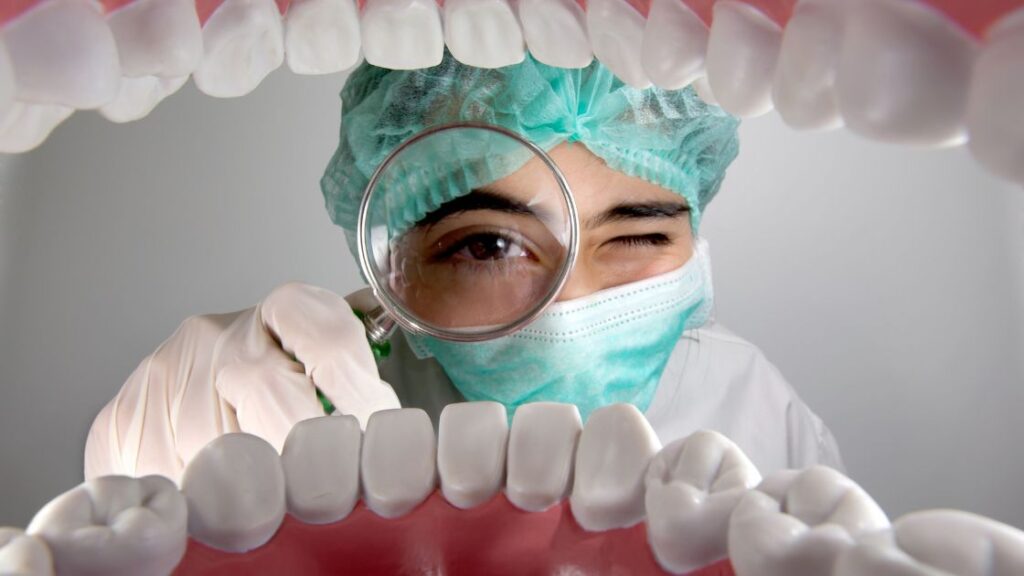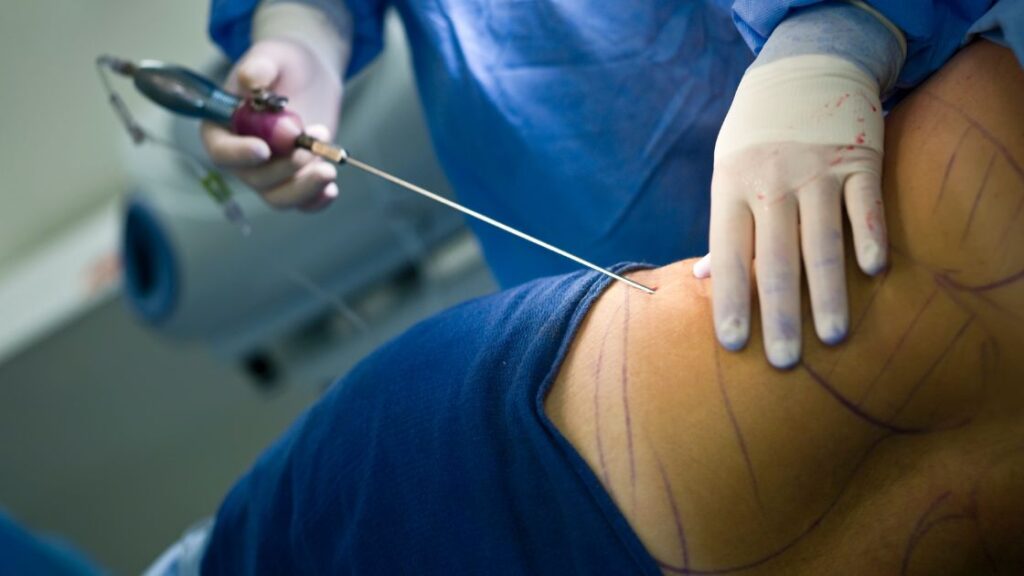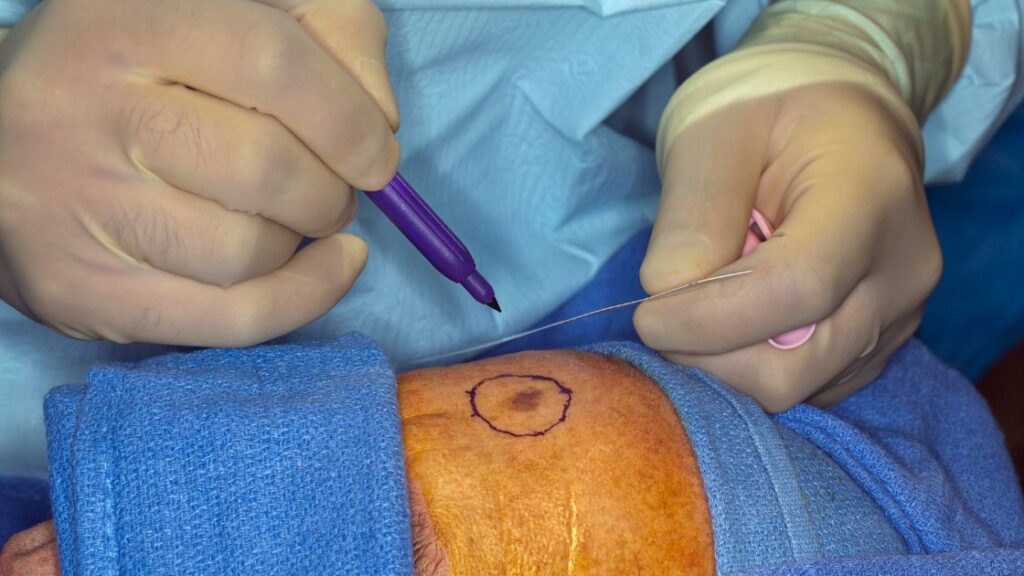Although there are no exact statistics to claim, different types of body modifications for cosmetic or aesthetic purposes are commonly practiced across the globe. People have reported an instant boost in self-esteem and body confidence after different types of body modifications. This includes tattoos and piercing, implants, derma filler injections, liposuction, injections like botox and mesotherapy, and cosmetic correction surgeries. With this vast set of options comes giant baggage of things that could go wrong also known as complications and possible side effects.
Some types of body modifications obviously carry more risk than others and surgery of any type has risks involved. The major concerns regarding surgery, in general, are the probability of excessive bleeding, vascular or neural damage, and exposure to bloodborne infections such as HIV and viral hepatitis. Surgically removing something from the body or inserting a foreign body in it is always a trauma for the body overall and lowers the immunity of the body, making to prone to infections. Most doctors prescribe antibiotics before and after body modification surgeries. Here we will discuss the three most dangerous types of body modifications that can and have proven fatal in past.
1. Oral piercings

Research shows 61% of the US adult population has some sort of piercing and naval is particularly popular in young women. Naval piercing has also claimed the life of a man due to metallic stud migration. According to this report, that man was suffering from depression and was found dead in the house, but his cause of death was not suicide but an umbilical infection caused by a metallic stud piercing. While cartilage piercing has a higher risk of poor healing, infection, scarring, and complication requiring surgical intervention, tongue piercing is more dangerous.
Aside from complications like blood vessel and nerve damage, excessive bleeding, infections, and accidental injuries to the mouth, gums, and teeth oral piercings have a high risk of blocking your air passage in case of swelling of the tongue. Such a complication can easily lead to death in the absence of immediate emergency medical intervention. Poor oral hygiene can also increase the risk of infections. Some clinics even refuse to perform the horizontal tongue piercing also termed as the snake bite, due to serious complications involved.
2. Liposuction Surgery

While liposuction may seem a quick and easy way to get rid of your body fat to get in shape and have a healthy body, it is a very dangerous procedure. In cosmetic surgeries, 0.5% to 9% of patients suffer from thrombolism, which is the clotting of blood in veins. If this clot appears or moves to a vital part of the body it can prove fatal if not attended to urgently. Everyone 1 in 5000 liposuction surgeries can lead to death, among which more than 23% are caused due to pulmonary thromboembolism. More than 60% of patients do not even show symptoms of pulmonary thromboembolism, but 10% of patients with symptoms die one-hour post-surgery.
Damage to abdominal veins during surgery is also a serious risk that can prove to be fatal. Incorrect handling of liquids in the abdomen, when the body is already fasting, and going through the trauma of surgery increases the chances of overthrowing the balance of body fluids, disturbing vitals, leading to complications that can lead to death within hours. So yes, there is a serious risk of death attached to the procedure which you must consider before opting for liposuction.
3. Rib Removal Surgery

Sadly, beauty standards for women have been crazy high leading them to take up extreme measures such as having their rib (sometimes even ribs) removed surgically to have a more petite looking body. Just like any other surgery, surgical removal of rib for aesthetic reasons or otherwise poses the risks of complications like excessive bleeding, vein or nerve damage, infections, and scaring. When you remove a rib, you expose your previously protected organs like the kidney, stomach, and gallbladder to insults and injuries. Minor shock or insult to these organs can result in internal bleeding leading to death. This surgery also often results in a sensory deficit, pain, and poor muscular coordination in the hands due to neural damage.
Body Modifications and Mental Health
While body modifications are marketed to enhance body confidence, psychologists have found a strong link between poor body image and seeking body modifications. In fact, seeking repeated body modification is considered a symptom of body dysmorphic disorder. While nearly one-third of BDD patients will seek surgical solutions for perceived imperfections, less than 10% of BDD patients undergoing surgery will find the results satisfactory. Instead, they might threaten the surgeon and request repeated surgeries. It is estimated that although nearly 15 patients seeking cosmetic surgery are actually patients of body dysmorphia. Hence it is extremely important for surgeons to screen patients for BDD before surgery. Considering the risks involved it is only ethical to deny any unnecessary surgeries.
For more information on body types visit Gurrusays.








